While others were involved in socializing and information gathering . . . I've been reflecting on dirt. Well, not just dirt but organic matter in dirt.
The other day, as I have once in each of the last 3 years, I pulled the 4 x 4 wooden step away from the greenhouse door and buried some "stuff" that couldn't wait for a trip to the compost pile.
Our yard is entirely too small for a compost pile so all suitable material goes in buckets and then gets trucked once a week to one of the distant gardens for composting. At this time of year, however, the buckets fill with quite a few melon rinds. Now, few things are as unpleasant as melon rinds after a few hot days in a bucket outdoors. Soooo, I dig a hole in this totally unused ground.
This year I was convinced that the 2 buckets of "yuck" I buried last year would be evidenced by rich compost under the step. There hadn't been anything but dry soil last year but after 2 years of burying all this material - something was bound to be turned up with the shovel. Nope!! Nothing but dry dirt, one plant root (something thrown in with the rinds), a couple of sticks, and a chunk of board(?). The soil surface was concave but everything other than this small assortment of detritus was just . . . gone!
A few years ago, my compost pile in the gardens could only be reached with a wheelbarrow. There was no truck-load of cow manure hauled in or anything of that sort. However, I was making twice weekly trips at that time and bringing in nearly 2 wheelbarrow loads of stuff each time. Believe it or not, our growing enterprise actually generates that much "stuff" (mostly plant leaves and stems).
In the Fall of the year, all annual plants were pulled from a gardening area of about 3,000 square feet as well as our yard here at home - including the cutback material from the perennials.
I was willing to haul in a couple bags of chicken manure then capped with soil this HUGE pile which was a good 6 feet in all directions including high! So, you think I'd end up with LOTS of compost to spread on these 3,000 square feet? Nope!
I couldn't cover 25% of the area with any reasonable amount of compost 1 1/2 or 2 inches deep. My compost was never actually finished so it was very coarse but the decomposition had been sufficient to reduce this huge pile to just a few feet high of adequate humus.
I believe that guy who wrote a book essentially on growing FOR your compost pile, John Jeavons, recommended that you use 60% of your garden space for the sole purpose of growing plants to be used for composting. In other words, you are NOT harvesting a crop to be removed from the garden on 60% of your ground - those plants are grown to feed the compost pile. And, on a rotational basis, the compost feeds the soil in the other areas of the garden.
I honestly wish that I could do that . . . just can't justify using that much ground to grow something neither for the kitchen nor for sale. Maybe someday . . . I will.
Here's one approach I take which actually serves to by-pass the compost pile altogether. I doubt if it would work very well in areas with a warmer climate nor does it serve any real fertilizing need but for maintaining soil tilth and moisture retention in our short-season climate, it ain't bad.
I've pulled all the plants from one of the aster beds in the cutting garden and removed roughly the top 8 inches of soil:
Notice how much organic material is still in the ground from 2006:
Where did this organic matter come from? Well, here's what happened to those aster plants (and since I always cheat a little with other stuff - a few lettuce plants which were unused and have bolted). I’ll cover this material by returning the soil to the bed soon:
Now, to be entirely honest - aster plants, especially these thoroughly cut-over Matsumoto's, are very "skimpy" plants. But, with so much of what turns out to be zinnia plant material still in the ground from 2006, I think this will be sufficient for the next growing season. Keep in mind that I'm fully intending to use complete fertilizers in the 2008 garden.
Just a little of what I've been up to (& I'm always up to just a little ;o).
Steve's digits




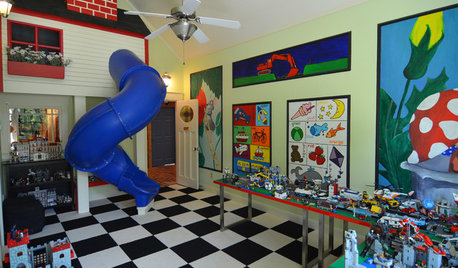
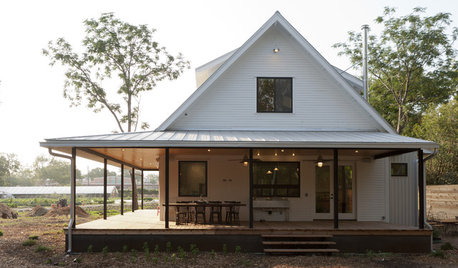








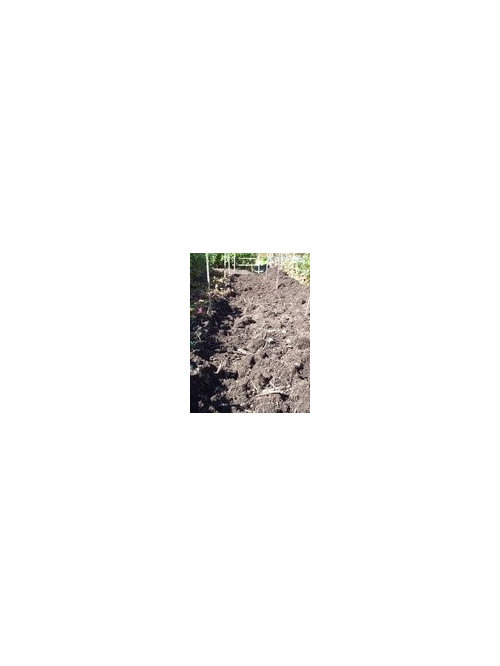
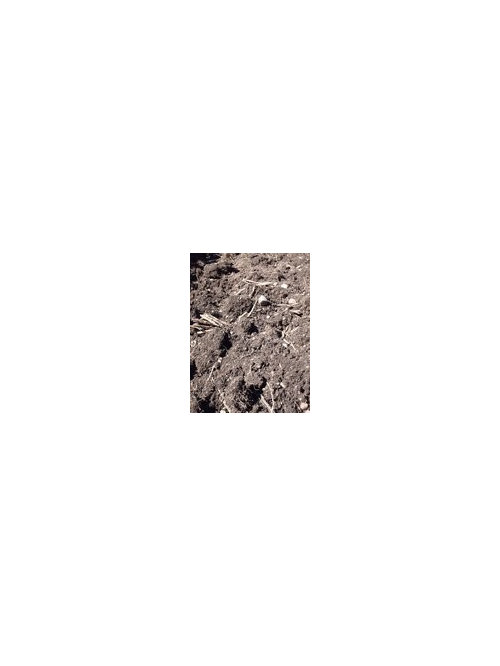
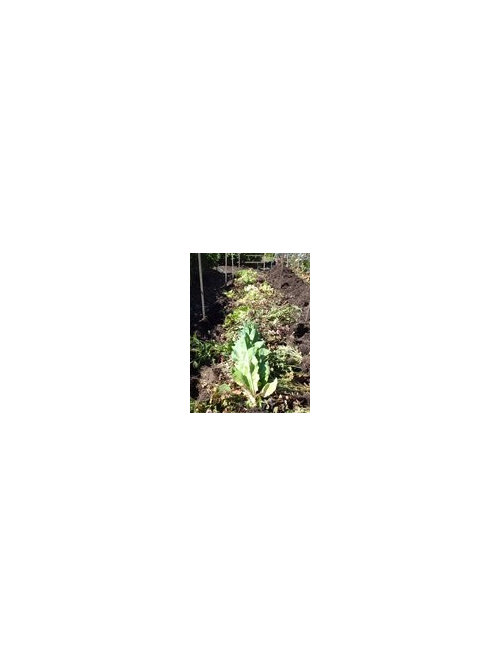




michelle_co
singcharlene
Related Professionals
Glendora Landscape Architects & Landscape Designers · Allentown Landscape Contractors · Clermont Landscape Contractors · Beverly Hills Landscape Contractors · Kearny Landscape Contractors · Manhattan Landscape Contractors · Merced Landscape Contractors · Oak Forest Landscape Contractors · Richmond Landscape Contractors · San Benito Landscape Contractors · Vallejo Landscape Contractors · West Orange Landscape Contractors · Norton Solar Energy Systems · Tarpon Springs Solar Energy Systems · Inver Grove Heights Solar Energy Systemsbpgreen
digitOriginal Author
jclepine
jaliranchr
Skybird - z5, Denver, Colorado
digitOriginal Author
digitOriginal Author
aliceg8